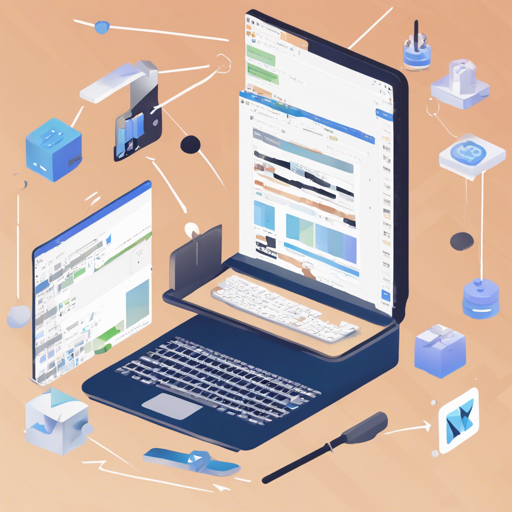As developers dive into the latest version of the flutter_cache_manager, a few breaking changes have been introduced in v2 that are vital to understand when configuring a custom CacheManager. In this blog, we will walk you through these changes, provide user-friendly insights, and offer troubleshooting advice.
What is a Cache Manager?
A Cache Manager is crucial for downloading and caching files in your app’s directory. Thanks to its use of the cache-control HTTP header, it optimizes file retrieval efficiently. In practical terms, think of it as a library system, where books (files) are returned, borrowed, and sometimes even removed from the shelf (cache) based on certain criteria.
How to Use Flutter Cache Manager
The easiest way to retrieve a single file using the Cache Manager is through the .getSingleFile method:
var file = await DefaultCacheManager().getSingleFile(url);Here are some other methods you can use:
getFileStream(url)– Returns a stream with the cached file as the first result.getFileStream(url, withProgress: true)– Emits DownloadProgress if the file is not found in the cache.downloadFile(url)– Directly downloads from the web.getFileFromCache– Retrieves from cache, with no file returned if it’s not cached.putFile– Allows putting a new file into the cache without downloading it.removeFile– Removes a file from cache.emptyCache– Empties all files from cache.
Customizing Your Cache Manager
Customization of the Cache Manager is straightforward but important. You can create a new CacheManager, but it’s essential to avoid creating multiple instances with the same key, as they will conflict. Here’s an analogy:
Imagine you have a mailbox (CacheManager) and you assign it a unique key (your address). If your neighbor tries to use the same address, mail (cached files) can get mixed up, leading to confusion.
To create a custom Cache Manager, you would typically define it as a Singleton:
class CustomCacheManager {
static const key = customCacheKey;
static CacheManager instance = CacheManager(
Config(
key,
stalePeriod: const Duration(days: 7),
maxNrOfCacheObjects: 20,
repo: JsonCacheInfoRepository(databaseName: key),
fileSystem: IOFileSystem(key),
fileService: HttpFileService(),
),
);
}Frequent Questions and Troubleshooting
How are the cache files stored?
Cached files reside in the temporary directory, meaning they can be deleted by the OS anytime. They are also referenced in a database, ensuring their unique identification.
When are cached files updated?
If a URL response contains a Cache-Control header, the Cache Manager uses this information to determine file validity. Do take note; a file that’s cached may be refreshed if outdated evidence is indicated by this header.
When are cached files removed?
Files can be removed by the Cache Manager or the OS based on usage frequency, combined with limitations like maxNrOfCacheObjects and stalePeriod.
Breaking Changes in v2
With the latest v2, the most significant changes you need to adapt to are:
- No need to extend on BaseCacheManager anymore; simply call the constructor.
- Constructor now expects a Config object—which has some altered settings compared to previous versions.
Troubleshooting and Additional Resources
If you encounter issues related to the integration of the new CacheManager, consider the following:
- Ensure that the key for the CacheManager is unique to prevent instance conflicts.
- Check for the correct implementation of Cache-Control headers in your file requests.
For more insights, updates, or to collaborate on AI development projects, stay connected with fxis.ai.
At fxis.ai, we believe that such advancements are crucial for the future of AI, as they enable more comprehensive and effective solutions. Our team is continually exploring new methodologies to push the envelope in artificial intelligence, ensuring that our clients benefit from the latest technological innovations.

